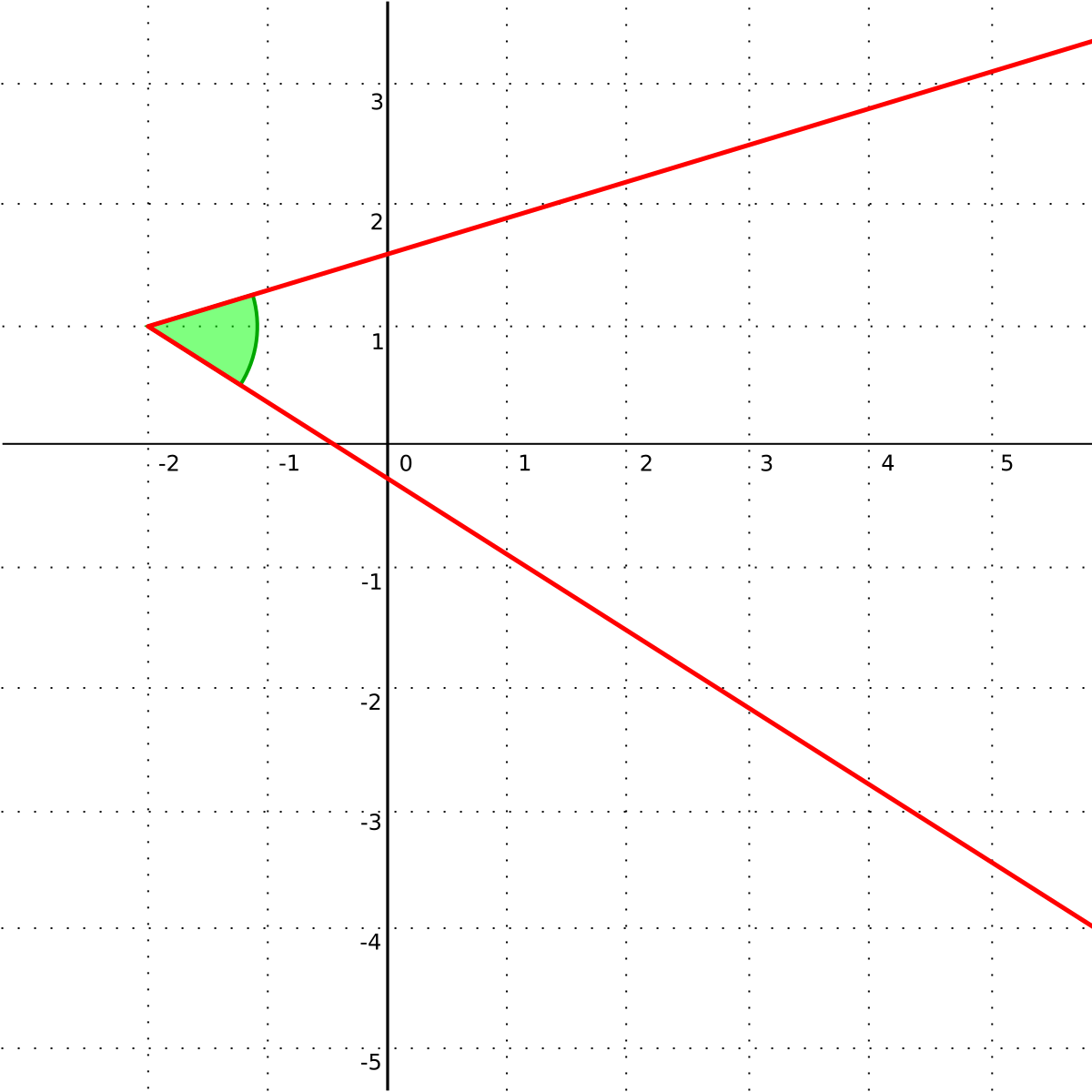shahar
Full Member
- Joined
- Jul 19, 2018
- Messages
- 524
In elementary school we don't notice to the angles line that creates the angle as subject that discuss that the discussion if that lines is part of the angle or not. In advance learning we do.
So, Where I can find an article about if the angle include the lines that create the angle is part of the angle or not?
So, Where I can find an article about if the angle include the lines that create the angle is part of the angle or not?

